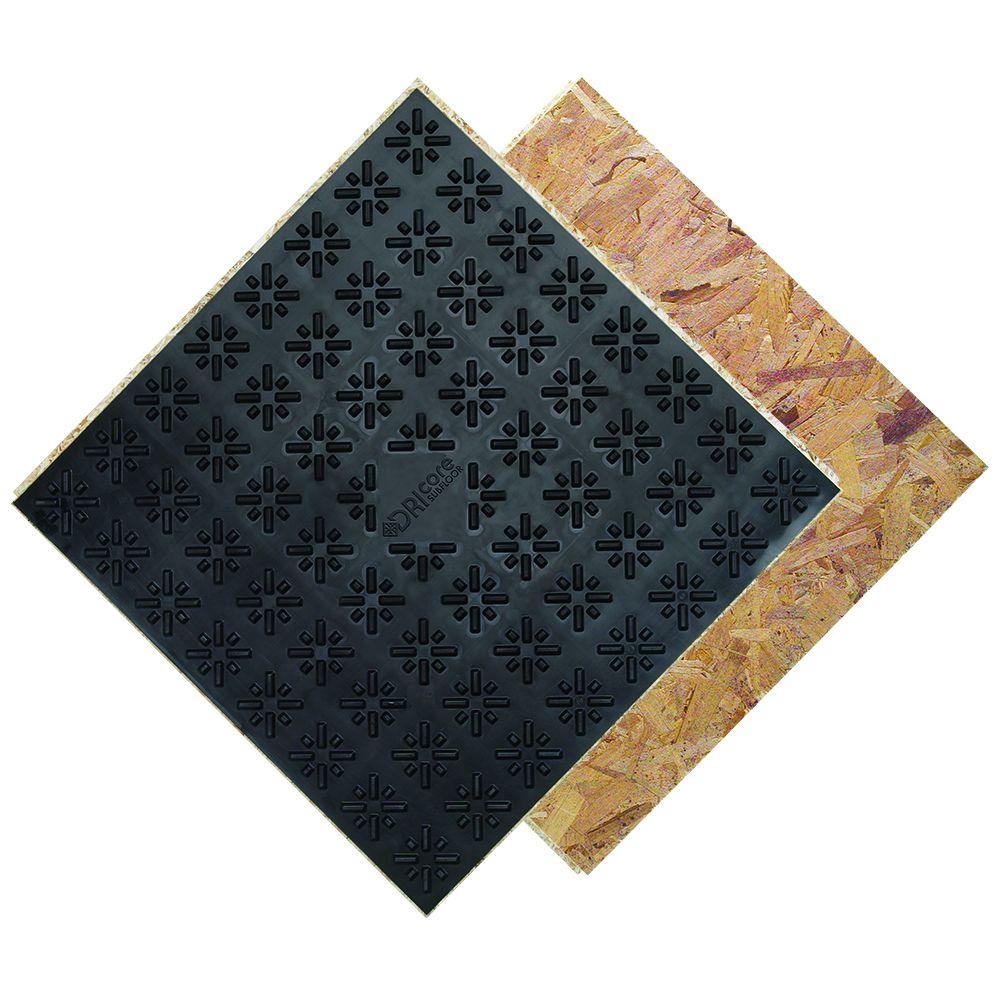I want to start finishing a basement of a house that I will be moving into, and I'm curious what my best options are for flooring. I was hoping to just lay tile and install new drains on top of the old ones, but unfortunately the floor just isn't level enough for that and there are large slopes down to the drains. Here are a few pics that I took today:



Any thoughts?



Any thoughts?








